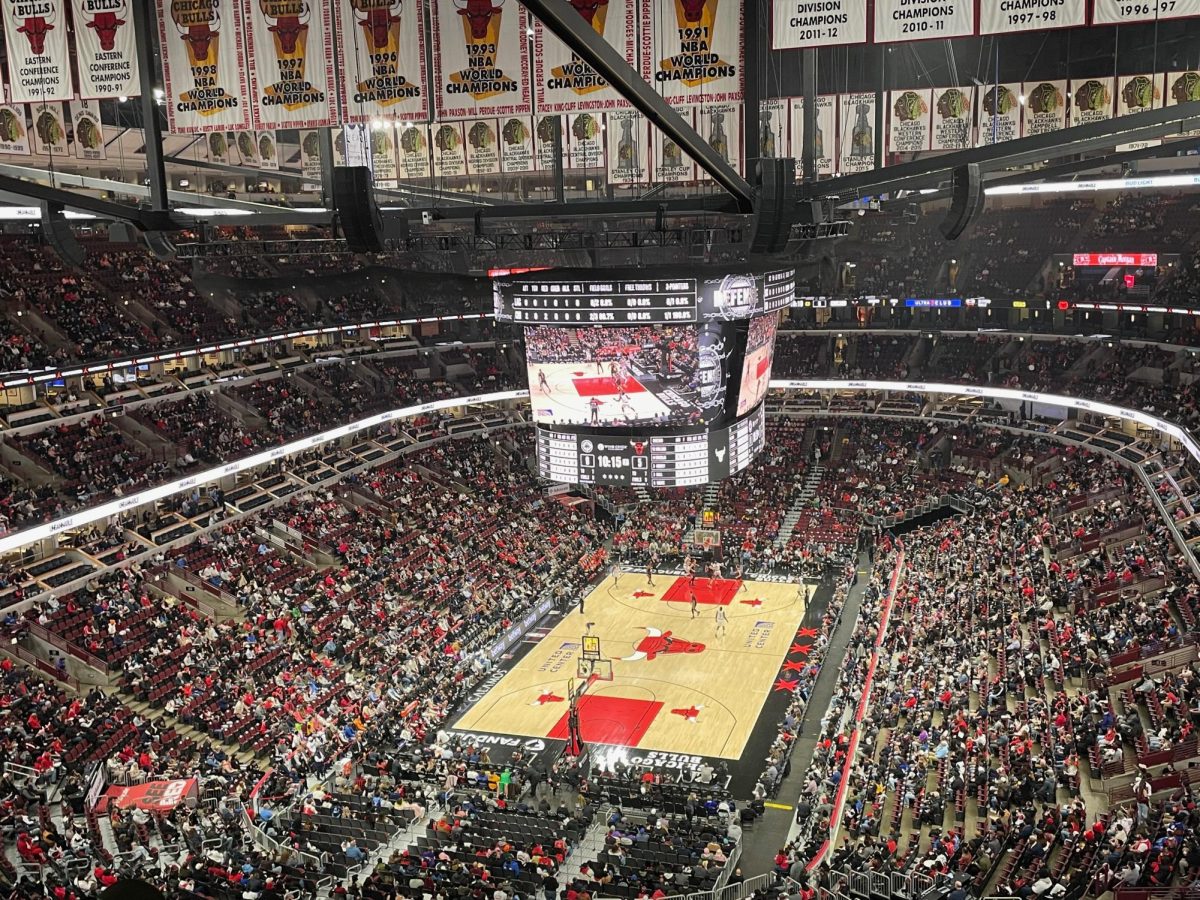Since pulling off the greatest comeback in sports history two years ago, the Boston Red Sox have undoubtedly taken too objective an approach in restructuring their organization. By allowing popular players to leave and bringing in mercenaries with no sense of the history and fortitude it takes to win in a city like Boston, the organization squandered a golden opportunity to win multiple championships. Addressing the problem by putting the full resources of the club into a potential ace is the perfect antidote to a string of questionable moves.
From a competitive standpoint, it was the only move for the Red Sox to make. For lack of a better metaphor, letting Matsuzaka go to the Evil Empire would have been the equivalent of giving Czechoslovakia to the Germans in 1938. Sure, it saved immediate bloodshed, but looking back on it, it may have been a little bit of a miscalculation.
Letting the Yankees outbid for Matsuzaka would have saved the Red Sox $51.1 million, but caused irreparable damage to the Sox’s hopes in the coveted East Asian market, cost them a shot a top-10 starting pitcher just entering his prime, and effectively ceded control of the A.L. East indefinitely to their biggest rivals. Other than that, things would’ve been golden.
As rotation mainstays Curt Schilling and Tim Wakefield both enter the twilight of their careers, young front-of-the-rotation starting pitching was front and center on the Red Sox offseason agenda. With only Barry Zito—a player as up-and-down as his famous 12-to-6 curveball—and the exponentially decaying Jason Schmidt standing out amidst the excessively mediocre free agent pitching class, Matsuzaka was the only solution. Ever since he smoked Team Cuba in the World Baseball Classic, the thought of Matsuzaka tossing gyro-balls from the mound at Fenway has tantalized New Englanders.
It warrants mentioning, too, that if the club does not come to terms with its Japanese import, it will be down several thousand dollars in trans-Pacific plane tickets, but won’t have to shell out a penny of that $51.1 million.
It is unfortunate that there exists such a tremendous financial divide between the biggest spenders and the bottom-feeders. In a perfect world, there would be a nice little salary cap, maximum contracts, and, I don’t know, world peace. In a way, though, it makes perfect sense. The Red Sox do not have a $120 million payroll because their owners are billionaires or because they have a failing farm system. Their payroll is in a direct correlation to their revenue and fans’ interest.
In hindsight, the bid, which was more than $10 million higher than the second-place bid, looks silly. But that’s kind of the point of a blind-bidding process—to benefit the seller, not the buyer. While I wish GM Theo Epstein and co. could know exactly what other clubs are plotting at all times, it is still just a dream. Until Xander Cage is embedded inside the Yankees’ front office, guesswork is the best option.
A look at the current climate in Major League Baseball validates the Red Sox’s move. With career underachiever and past-his-prime outfielder Carlos Lee signing a six-year, $100 million deal in Texas and postseason minnow Alfonso Soriano inking a deal worth upwards of $130 million with the Cubs, the truth is any number of teams could—and should—have shelled out the money for Matsuzaka. Supporting its fans and appropriating its resources responsibly to put the best product on the field does not make a team the Yankees; it makes them winners.








